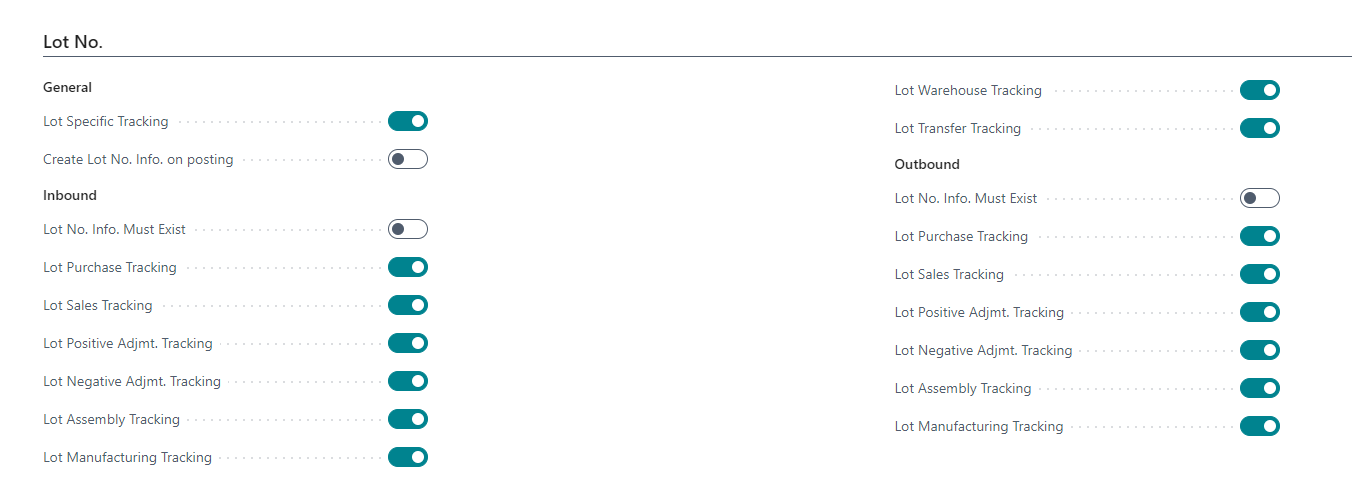Introduction
The Aptean Inspection Status (ISS) extension enables you to block a lot number in the entire (or a part of the) goods flow through the organization. Per inspection status, one or more outgoing transaction types (for example, sales pick, sales availability, production consumption pick, etc.) can be blocked. Furthermore, you can assign a default inspection status, which will automatically be assigned to every new lot. There is considerable flexibility in defining which default inspection status is assigned to goods in an incoming transaction. These default inspection statuses can be defined for several attributes per item-vendor combination, per item, for a specific item attribute-vendor combination, for a particular item attribute, for all item-vendor combinations, or for all items.
Consequently, goods might be blocked for various outgoing transactions until the inspection has been completed. Changes in inspection status are captured in an audit trail. This will give complete control over what happens to the goods.
The inspection status is not only helpful in tagging goods for inspection; it can also be used to block specific lots that are in quarantine, are damaged, or need to be repacked. Furthermore, the extension contains the "Change Inspection Status for (Sales) Expired Lot Numbers” function. With this function, you can change the inspection status of all lot numbers for which the expiration date and/or sales expiration date have expired before or on the work date.
When creating an inventory pick or warehouse pick for a sales order, Dynamics 365 Business Central offers the possibility to pick items by FEFO (First-Expired-First-Out). FEFO is a sorting method that ensures that the oldest items, those with the earliest expiration dates, are selected first. The Inspection Status extension allows excluding lot numbers blocked from a FEFO proposal.
The OData feeds used for Inspection Status are automatically created in the Web Services when installing the module. These feeds can be used for Power BI reporting regarding Inspection Status Management.
An essential condition for this extension is that the used items are set with an item tracking code for which all the lot-specific toggles are turned on. This can be done on the Item Tracking Code Card.

When installing the module or creating a new company, two inspection status codes will automatically be created: BLOCKED and RELEASED.
And finally, the extension creates inspection status alerts via Microsoft Power Automate, through which, valuable proactive flows can be created to inform, for example, the quality manager. The alerts can also trigger processes in external systems using Azure Service Bus.